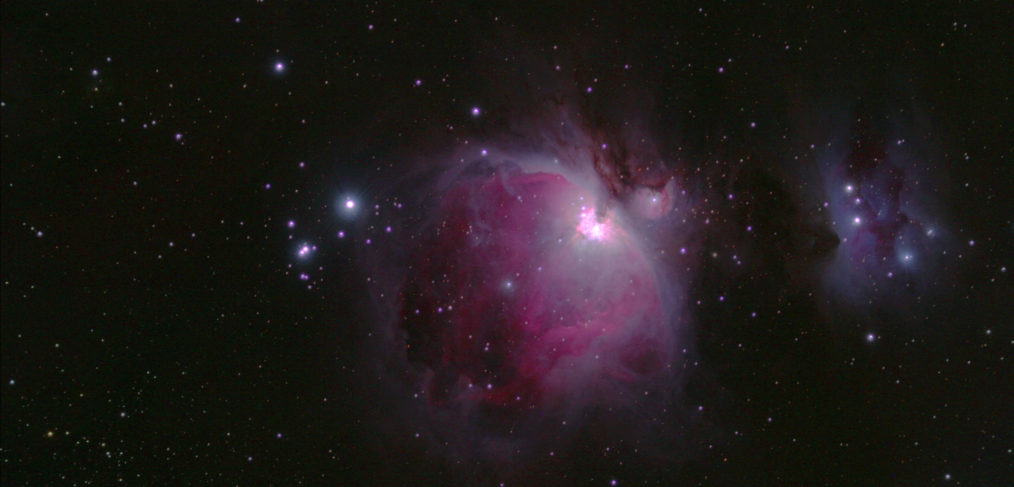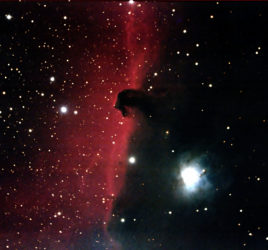
Messier, NGC, IC Catalogs : Keys to the Universe
Novices to amateur Astronomy are confronted early on with mysterious Messier, NGC, IC Catalogs alpha-numeric designations for the various deep sky wonders marked on star maps.
Marked prominently on star charts are the Messier, NGC, IC Catalogs designations. These are the catalogs compiled by Charles Messier (1720-1817) (M-Objects) and John L.E. Dreyer (1852-1926) (NGC-Objects and IC-objects) of Nebulae, Galaxies, and Star Clusters. Messier was working with 4” and 6” diameter telescopes and could only see bright objects resulting in M1 to M110. Dreyer had access to much larger telescopes up to 72” and has over 7,000 objects in the NGC catalog. The NGC was later enlarged via the IC catalog with over 7,000 additional objects.
M42 is also known as NGC1976.
To further confuse the situation, all M-objects also have NGC numbers. The New General Catalog (NGC) was intended to obsolete any older catalog. But, the M-numbers are much easier to remember and as they are bright and viewable in small telescopes, most amateur astronomers use the M-number as they cannot view all 7,000 NGC objects with their small equipment. There are many NGC-objects not covered by the Messier list that are bright enough for small telescopes that have become popular star party objects of interest. There are competitions among amateurs to view as many Messier objects in a given night during a star party deemed “Messier Marathons”. The genuine Messier Marathon is held during March each year as it is possible to view all 110 objects in one night from dusk twilight to dawn twilight. During other months, not all 110 will be viewable as the Sun obstructs their locations. Messier only compiled objects viewable from Paris, France. Dreyer compiled objects from observatories all over the world with telescopes ranging from 2” to 72” in diameter. The NGC catalog is far more comprehensive.
The Messier, NGC, IC Catalogs: Learn it, Love it, Live it, .
As an amateur gets comfortable identifying deep space objects, they eventually can intelligently decipher the alpha-numeric gobbledygook that old timers sprinkle their language with all the time. Practice and repetition results in comprehending that M100 is a galaxy, M42 is a nebula, M45 is an open cluster. The designation reveals where they are among the stars and conveniently, all computerized telescopes can find the objects via the Messier, NGC, and IC Catalogs designations. The catalog numbers are precise ways to communicate volumes of information that has been compiled over the centuries since discovery. Professional Astronomers prefer to use only the NGC/IC-number. Amateurs will mostly be familiar with the M-number as that is what they type into their small telescopes to have the computer go-to the object. Typing MXXX is faster then NGCXXXX, but both will work on any telescope’s controller.



